



When you think about McDonald’s, what comes to mind? Aside from their food, it’s probably the golden arches that have been McDonald’s logo since the early ’60s. Or what about Starbucks? Their two-tailed mermaid (or, as devoted Starbucks customers know her, their siren emblem). How about Apple? That one is easy, right?
This is the impact of great branding. You think of a company’s name, and you can immediately visualize their logo without even trying. These companies are the pinnacle of branded success because they’ve maximized all of their marketing channels, from traditional to digital to social media advertising. But a significant part of this success stems from their branded merchandise.
Every item you buy at McDonald’s dons its golden arches, as do all of Apple’s electronics. At Starbucks, you not only see their logo on all of their drinks and food packages, but their locations are filled with additional merchandise for customers to buy. And if you know anything about Starbucks, their holiday cup launches alone bring in massive revenue every year.
Branded merchandise can get overlooked by smaller companies that have more restrictive budgets because, after all, you aren’t McDonald’s, Starbucks, or Apple. But when done right, branded merchandise is an extremely valuable and cost-effective addition to your marketing efforts. Here’s why.
Investing in merchandise, whether it be t-shirts, socks, tumblers, or totes, may seem like a huge upfront cost, but when you compare it to other marketing avenues, it’s quite cost-effective. The average CPI of branded merchandise is around $0.004 per impression, and these products can have a much longer lifespan than a TV ad or a billboard.
Oftentimes, the entire purpose of your marketing campaigns is to build brand awareness. As demonstrated in the beginning of this post, it’s clear that companies with great branded merchandise benefit from instant brand recognition. The more comfortable someone is with your brand, the more likely they are to come back. Consider creating promotional products that can be used daily over long periods of time. Getting these types of items in front of your customers and potential customers puts your company in the forefront of their minds, impression after impression after impression.
Those who receive your promotional products are bound to be more enthusiastic about your company. They may even become unofficial ambassadors of your brands, generating leaders for your business in a sort of compounding interest effect.
Encourage your team to use promotional products especially when interacting with your client base. To enhance your marketing campaigns with branded merchandise, give our team at Prodigy Promos a call.

Recent Posts
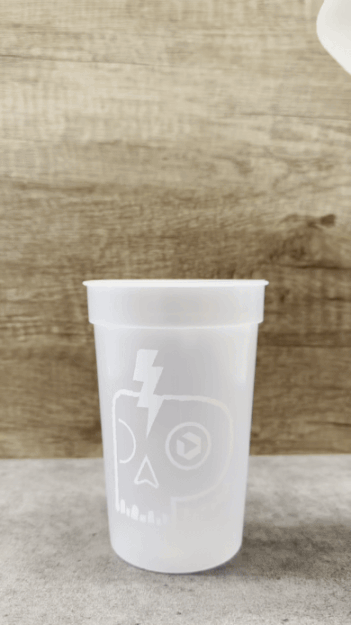


Bobby Hundreds is an icon in the streetwear fashion scene of Los Angeles. Among many other accomplishments, he has designed streetwear that has been worn by big name celebrities.
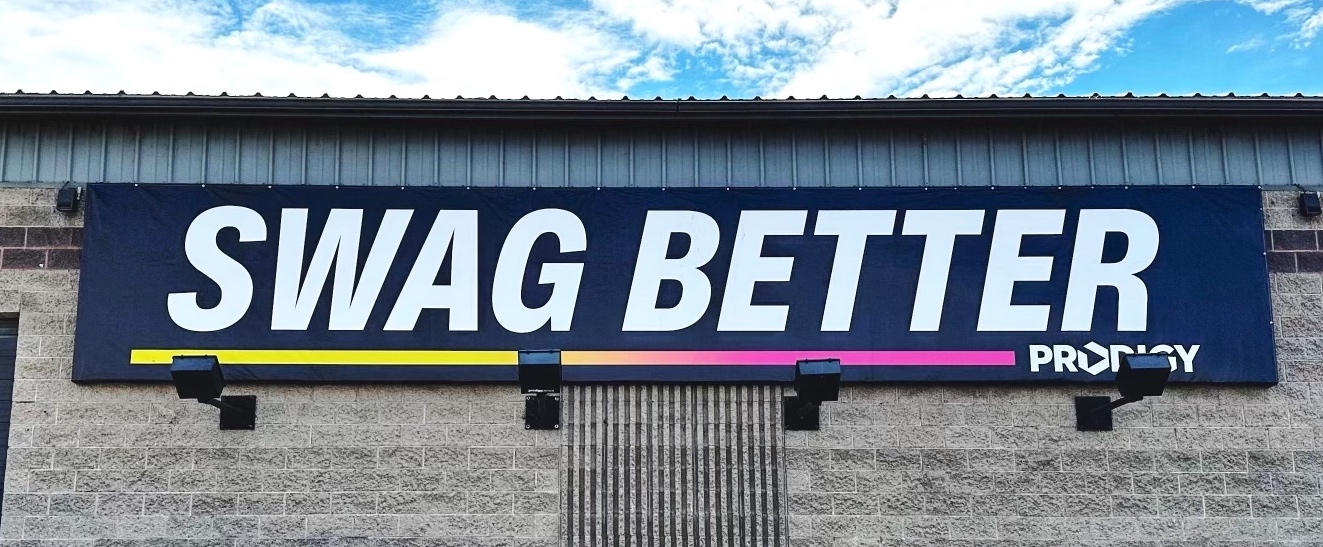
In the fiercely competitive business arena an edge can make all the difference. Enter swag, your secret weapon to leave an indelible mark on customers.
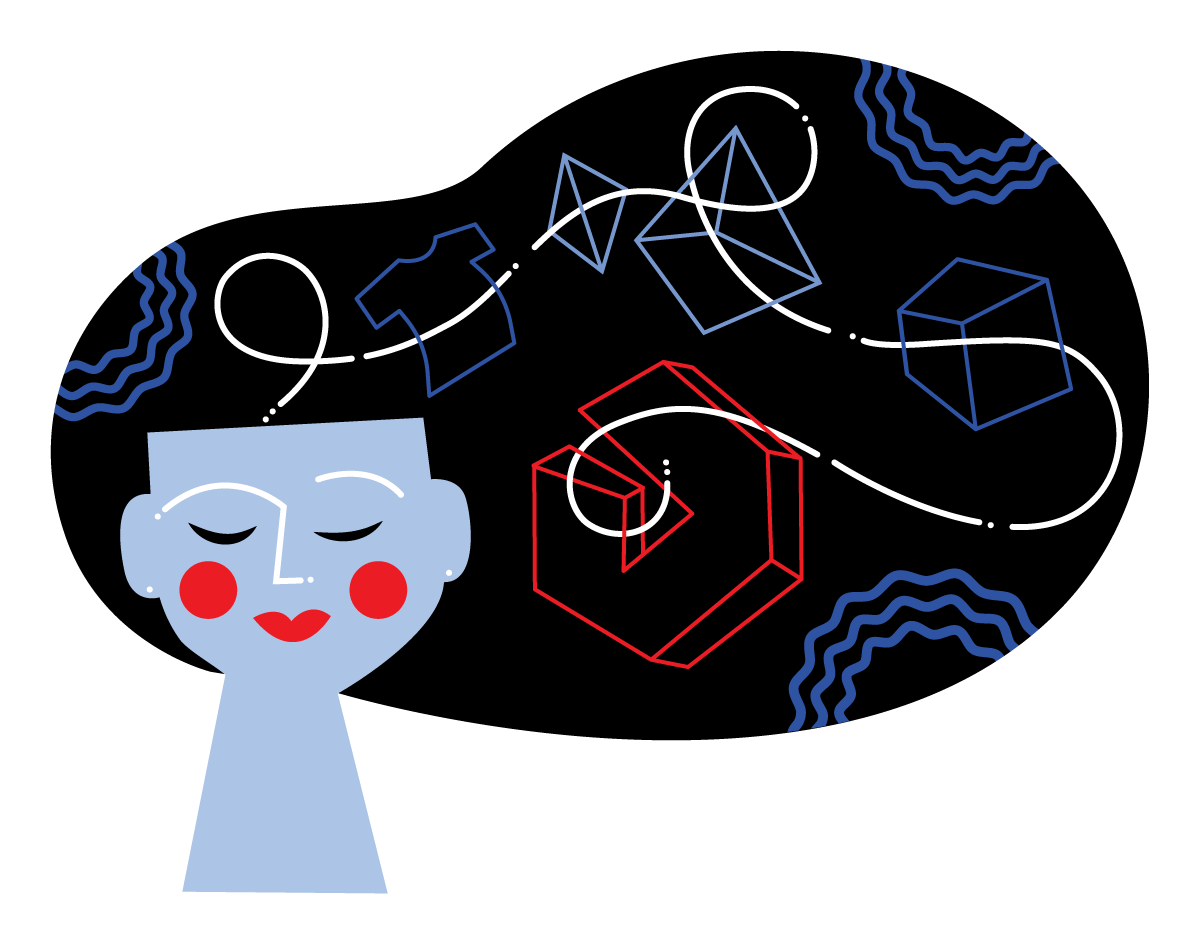
Experiential marketing is a powerful strategy where a company creates an immersive brand experience for their customers. This approach goes beyond traditional advertising and engages customers on a deeper level. These events are interactive and allow the audience to forge a strong connection with the brand by involving as many of the five senses as possible, invoking an emotional response.

Finding a business leader whose primary goal wasn’t pointed at growth would be difficult. Such a goal obviously depends entirely on the customer base of the company, and it’s a fairly well-established concept in the business world that 80 percent of a company’s sales are generally produced by 20 percent of the customer base.
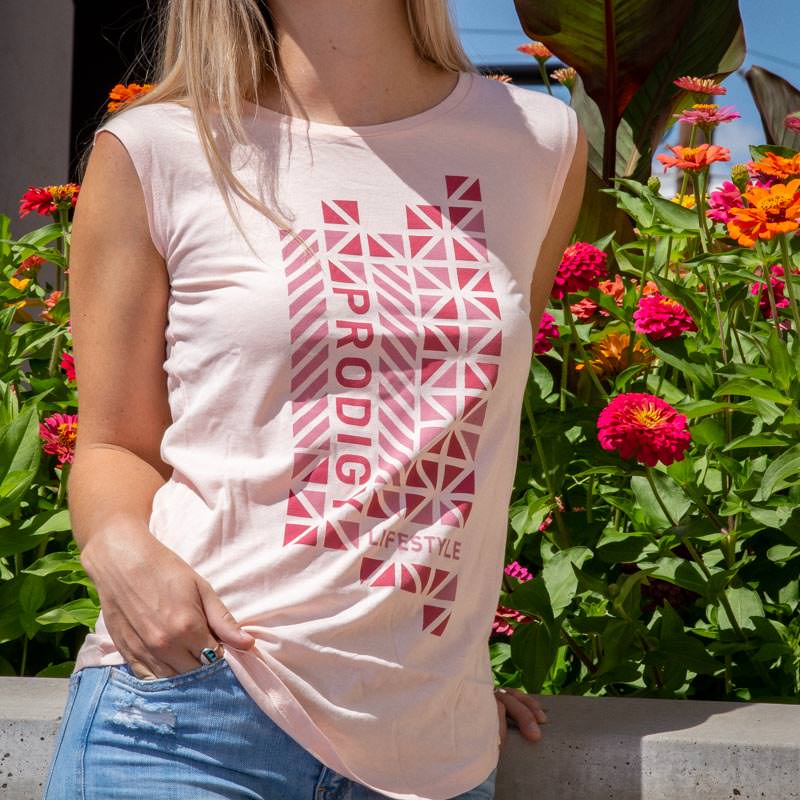
Great businesses understand the power and influence of branded merchandise. Creating swag that perfectly represents your company should be a central part of any brand’s marketing efforts. Promotional products help companies aesthetically express their unique personalities, engage with their target demographics, and reinforce the way a company wishes to be seen (optics).
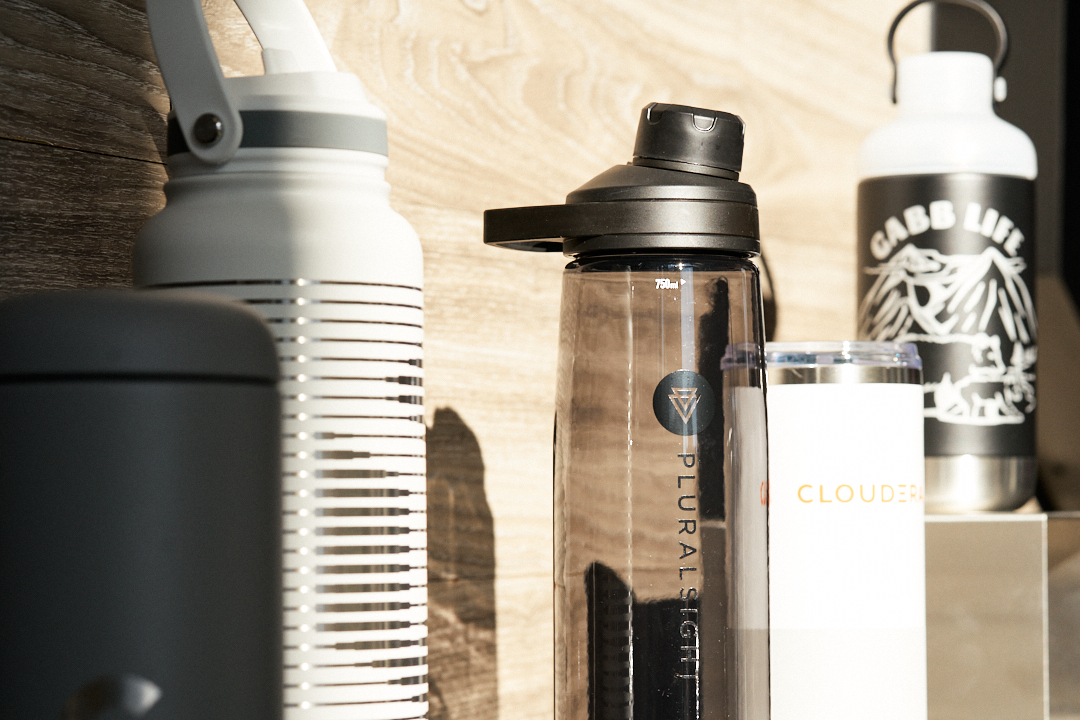
With every new year, brands have the opportunity to get more creative about how they’re connecting with their employees and customers. Swag has always been the physical touchpoint between a company and its supporters, and it always engages and delights the people who receive it.

During the last couple of years people from coast to coast have realized they have options when it comes to where they work. Making your employees feel appreciated is a big component of employee retention.
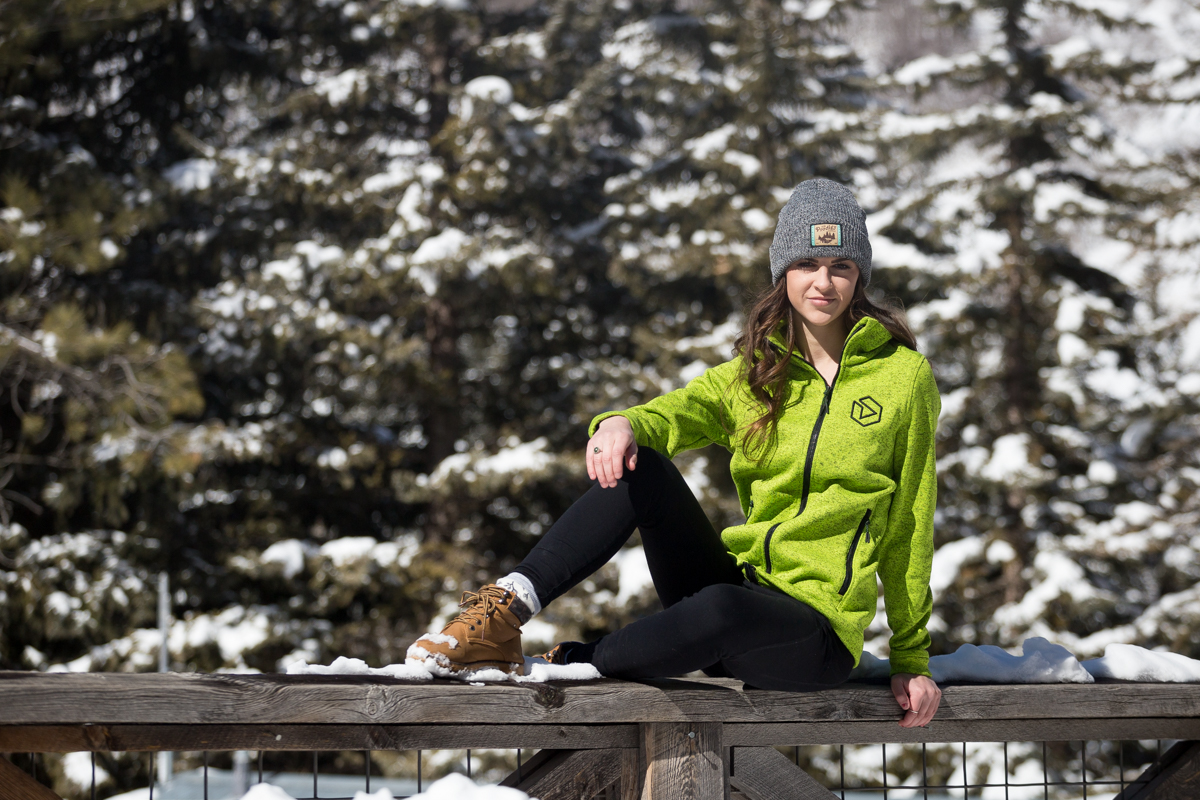
With October coming to an end, people are starting to say their goodbyes to fall and get excited for the upcoming winter season.

If you’re part of the apparel decorating industry, you’re already familiar with Apparelist. For those of you who aren’t, Apparelist is a publication that serves as a community and voice of support for our industry. They not only speak about all the trends and important events in the space, but they also offer trusted and reliable information and resources that all businesses can turn to for guidance.
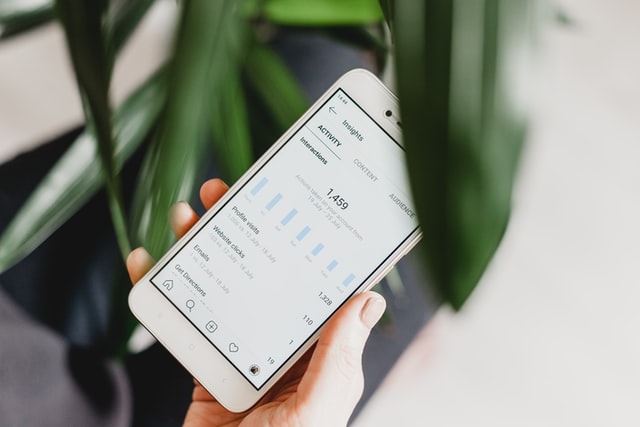
Engaging posts. Short-form video content. Paid digital marketing campaigns. Catchy billboards. These are just a few of the puzzle pieces that make up a great marketing strategy. But there’s one piece of the puzzle that even the most experienced companies can miss or undervalue, and that is branded merchandise.

Welcome back to the second part in our series! Hopefully you’ve already had a chance to read part one. If not, take a few minutes to check it out and then come back and read this part. You won’t want to miss any ideas!

If you have a company filled with happy employees then your business is probably doing extremely well. Happy workers are more productive, which, naturally, leads to happier clients. Happy workers feel more connected to their job and their team members, which can organically create a positive company culture. If you’ve ever wondered how you can set your business apart or why some companies always seem to be a step ahead of the competition, their internal culture may be the answer.
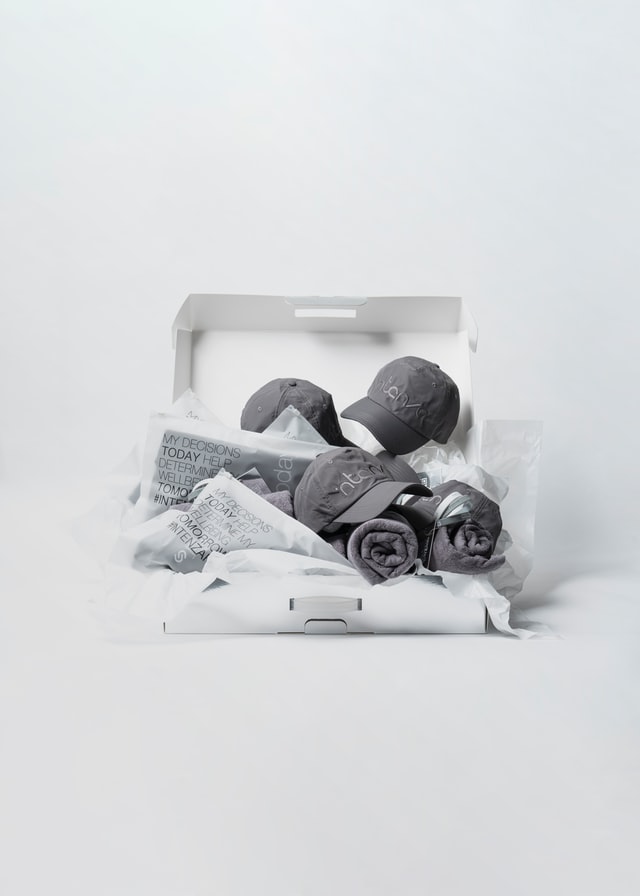
Using branded merchandise as a giveaway is an effective marketing technique but only when done right.
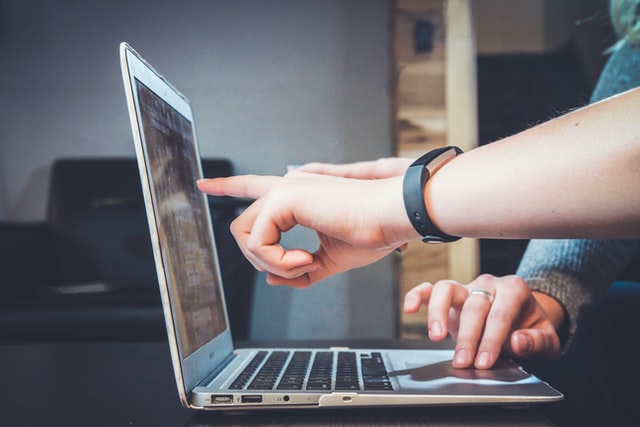
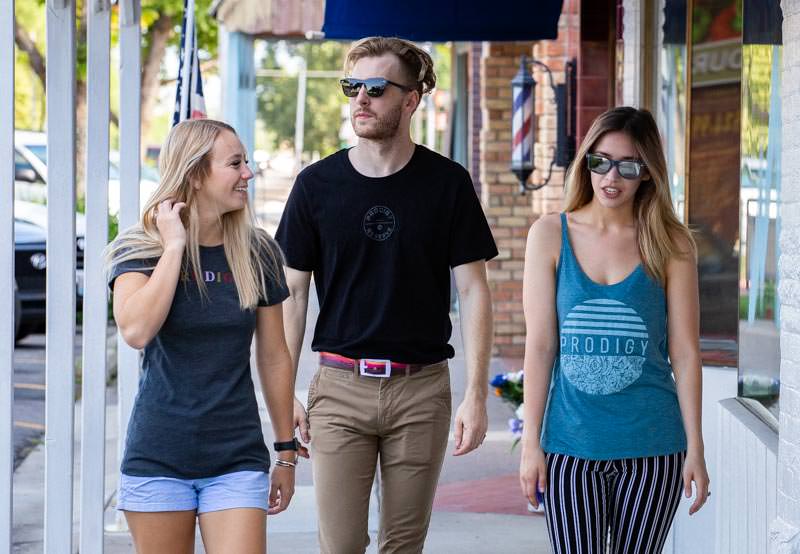
We don’t know about you, but it already feels like summer is flying by. However, there’s still a lot of summer left! Your employees are already enjoying the warmer weather and longer days, and have hopefully been using some of their paid time off to take vacations and unwind. While summer may feel like a hectic time, it also offers companies opportunities to connect with their teams. Take advantage of the vigor and happiness summer brings and use it as a way to boost your team morale!
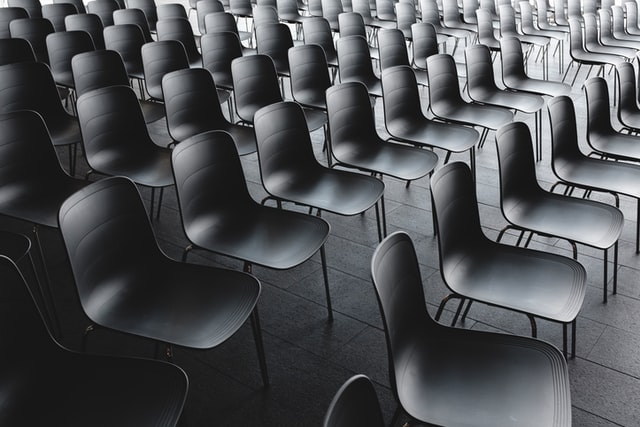
As a business, hosting an event is a thoughtful way to put your brand in front of potential clients or to foster a strong employee culture. While these events can be a lot of fun, they’re also very taxing to prepare. Your team can spend days, weeks, and even months planning to make sure everything goes smoothly. But if no one shows up, is it even worth it?

The entire purpose of promotional products that carry your logo and message is to influence your target audience and build their interest in your company. Over time, using these products consistently is a sure-fire way to effectively build brand awareness. There are many ways you can do this.
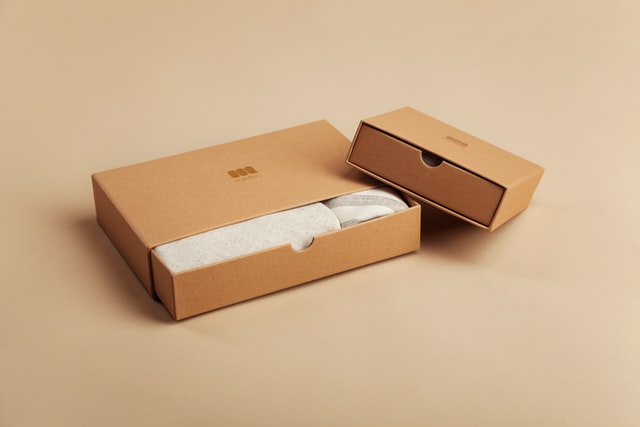
There are many ways for a company to make a good impression on their customers — their customer service team, their social media posts, and even the user interface of their website. Packaging is also another great way to impress your customers, although it’s often one of the areas that gets overlooked the most.
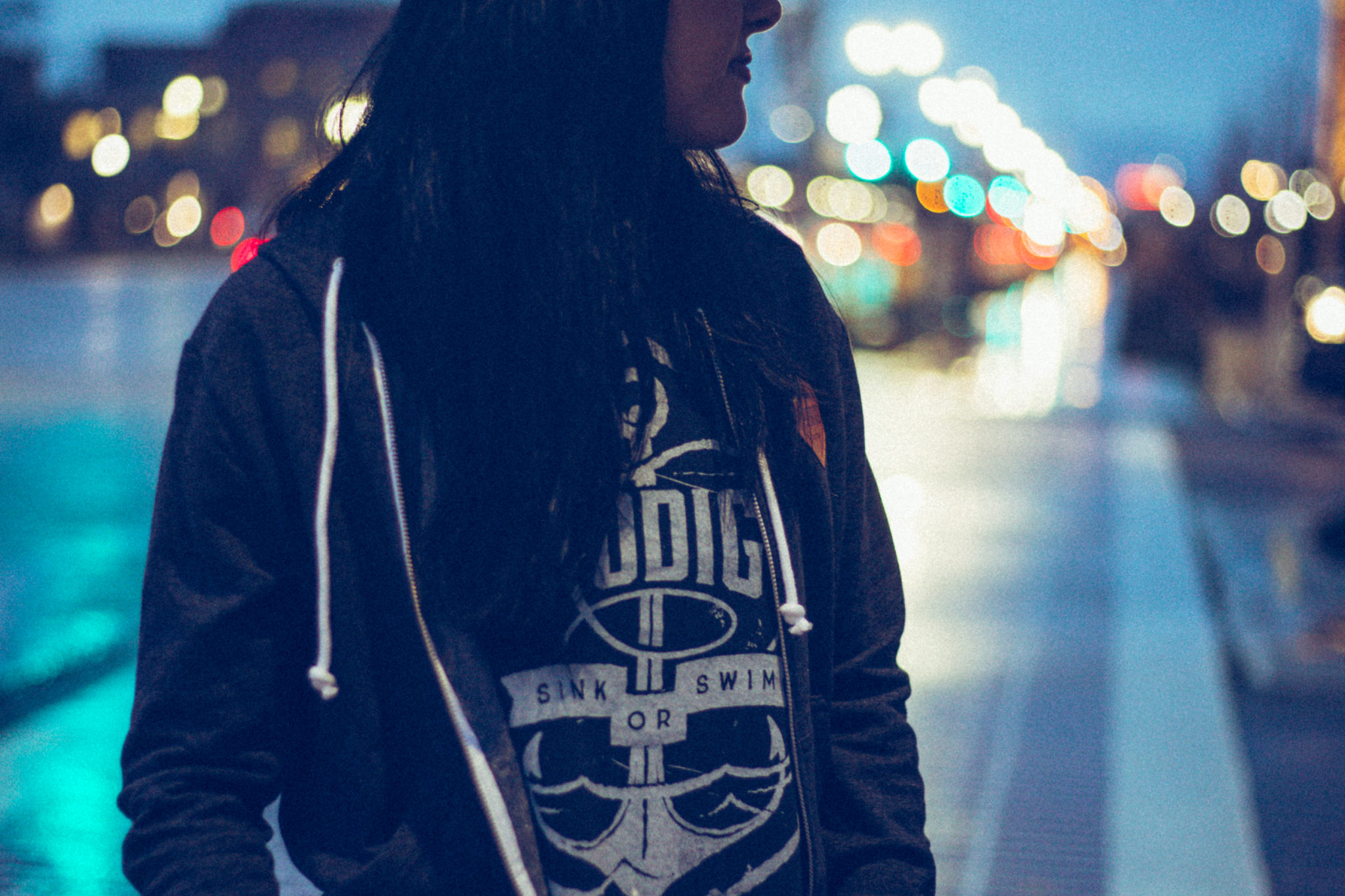
Everyone loves branded merchandise, but, unfortunately, there is a lot of trash to sift through to get to the good stuff. You do have to hunt to get quality and land the treasured product your employees, customers, and potential customers will love. As you begin thinking about your own line of swag, remember that quality counts and retail brands are powerful.
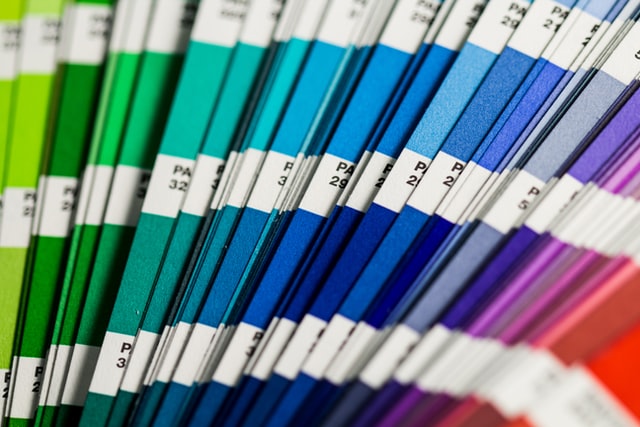
When you close your eyes and think about a brand, their colors will probably be the first thing you envision. Try it… If we say McDonald’s, you’ll think yellow and red. If we say Facebook, you’ll think blue. If we say UPS, you’ll think brown and yellow.

There’s a lot that goes into a new employee’s first week at your company. You may have a well-developed onboarding process, but have you considered adding swag as a new element?
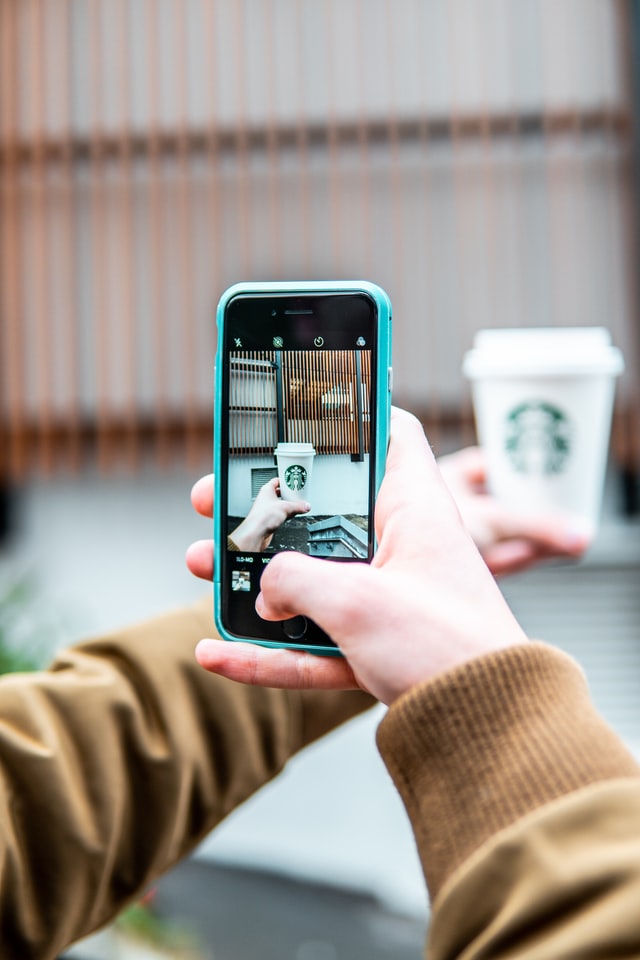
When you think about McDonald’s, what comes to mind? Aside from their food, it’s probably the golden arches that have been McDonald’s logo since the early ’60s. Or what about Starbucks? Their two-tailed mermaid (or, as devoted Starbucks customers know her, their siren emblem). How about Apple? That one is easy, right?